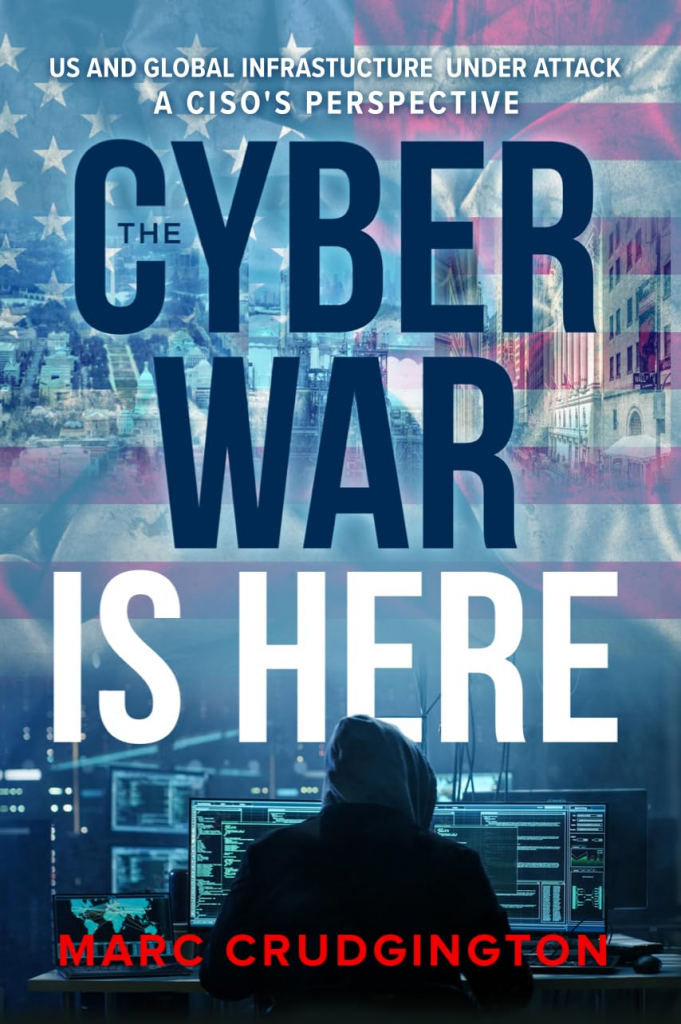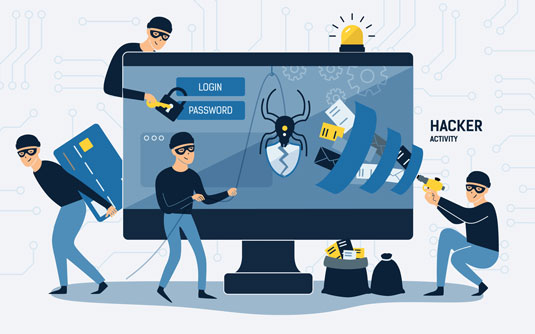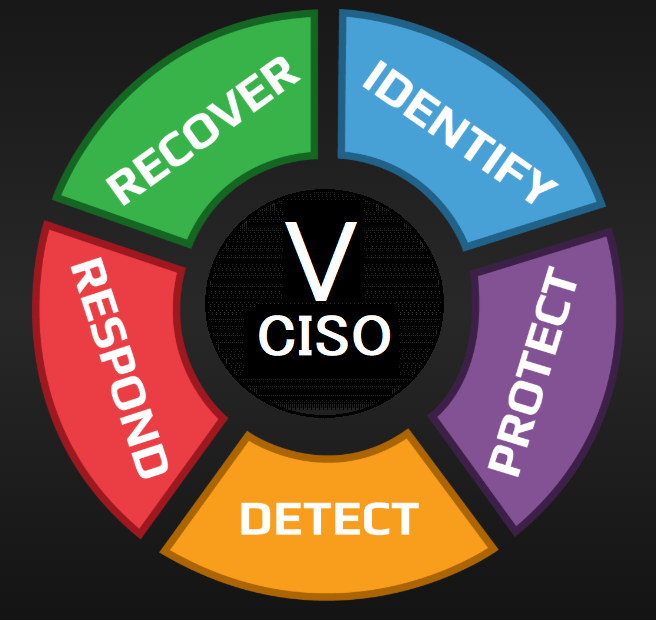What is Cyberwarfare:
Cyberwar refers to the use of digital technology, including computer systems, networks, and electronic communication, as a means to conduct warfare in the virtual realm. In a cyberwar, conflicting parties leverage cyber capabilities to carry out attacks and defenses in an attempt to achieve strategic, political, or military objectives. These attacks can target a wide range of digital assets, including computer systems, networks, and information systems.
Cyberwarfare encompasses various tactics, techniques, and procedures, such as hacking, malware deployment, denial-of-service attacks, and information warfare. The goals of cyberwarfare can range from disrupting or destroying critical infrastructure to stealing sensitive information, conducting espionage, or influencing public opinion.
Key characteristics of cyberwar include its asymmetric nature, where a smaller, technologically sophisticated actor may pose a significant threat to a larger, conventionally powerful entity. Attribution, or determining the origin of cyber attacks, can be challenging, adding complexity to the dynamics of cyberwarfare.
Governments, military organizations, and other entities invest in cybersecurity measures to defend against cyber threats and protect their critical assets from potential attacks in the digital domain. The landscape of cyberwarfare is continually evolving as technology advances and new vulnerabilities emerge.
The Cyber War is Here: U.S. and Global Infrastructure Under Attack: A CISO’s Perspective
“The Cyber War Is Here” simplifies the complex world of cybersecurity, cyber risk, and the crucial relationship between corporate boards and Chief Information Security Officers (CISOs). Written by a distinguished cybersecurity expert and USAF Veteran, it emphasizes the strategic importance of cybersecurity in modern business. Marc highlights the evolving role of CISOs, emphasizing their shift from IT guardians to strategic advisors to the board. The book explores successful board-CISO interactions and the consequences of misalignment, offering a clear blueprint for effective partnership. “The Cyber War Is Here” dives into the national and economic security implications of cyber threats, stressing the critical link between cybersecurity and national defense. The book argues that strengthening digital defenses and fostering public-private sector collaboration is essential for national resilience. Designed for a broad audience, from individuals to boards of directors, CISOs, business executives, and policymakers, this book serves as a call to action for proactive cyber governance. It illuminates the interconnectedness of individual organizational security and national security, providing both a catalog of risks and strategies and a roadmap for action in the global cyber conflict arena. “The Cyber War Is Here” is a call to action for all.

Cyber warfare

InfoSec tools | InfoSec services | InfoSec books | Follow our blog | DISC llc is listed on The vCISO Directory





